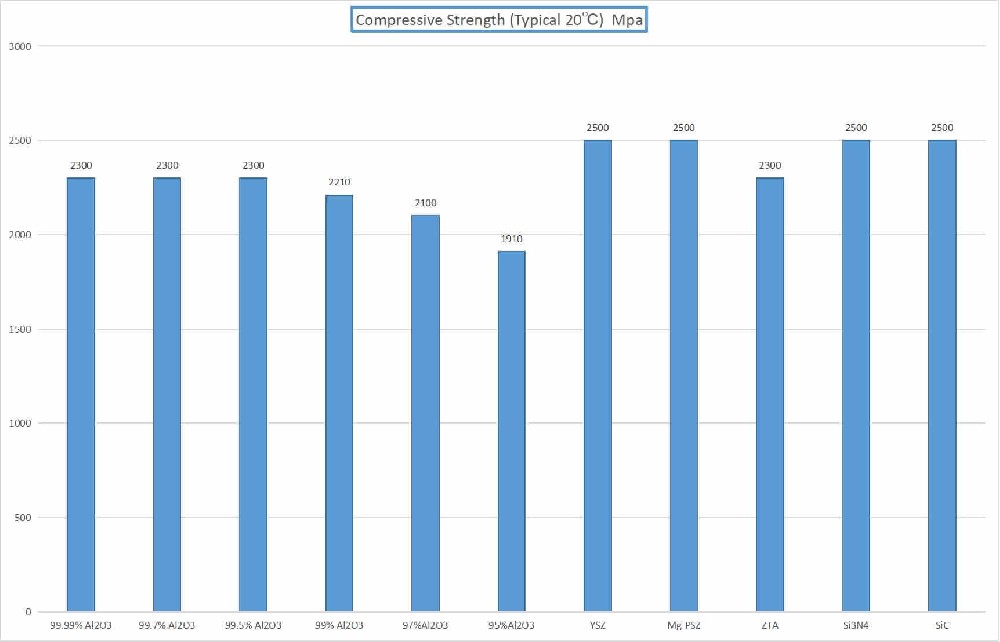
Ceramic Flexural Atrength
What is the flexural strength of the ceramic material
The flexural strength of ceramic materials is usually between 200 and 1000MPa, and different kinds of materials will have certain differences.
1. Definition and measurement of flexural strength
flexural strength refers to the maximum stress value that a material can withstand under flexural load, also known as flexural strength or breaking flexural stress. Usually, the flexural strength of the material is measured by the three-point flexural method or the four-point flexural method. Taking the three-point flexural method as an example, the method uses two fulcrum points and a clamping point to bend the sample, and the flexural strength of the sample can be calculated by measuring the deformation of the sample before and after failure and the size of the load.
2. Factors affecting flexural strength
Material properties: the chemical composition, microstructure and other physical properties of the material will affect the flexural strength of the material.
2. Sample size: The geometry and size of the sample, surface treatment, etc., may affect the flexural strength of the sample.
3. Test conditions: test temperature, acceleration, load application method and load rate may affect the flexural strength of the sample.
3, the flexural strength of common ceramic materials
1. Alumina ceramics (Al2O3) : usually flexural strength between 200 and 500MPa.
2. Zirconia ceramics (ZrO2) : usually flexural strength between 700 and 1000MPa.
3. Silicon carbide ceramics (SiC) : usually flexural strength between 300 and 500MPa.
4. Boron nitride ceramics (BN) : the flexural strength is usually between 250 and 300MPa.
4, the application of flexural strength in ceramic materials
Because ceramic materials have high strength, high hardness, wear resistance, oxidation resistance, low conductivity, high temperature resistance and other characteristics, it is often used in the manufacture of high temperature parts, precision instruments, electronic components and so on. The level of flexural strength often determines whether the material can withstand the required load in practical applications.







